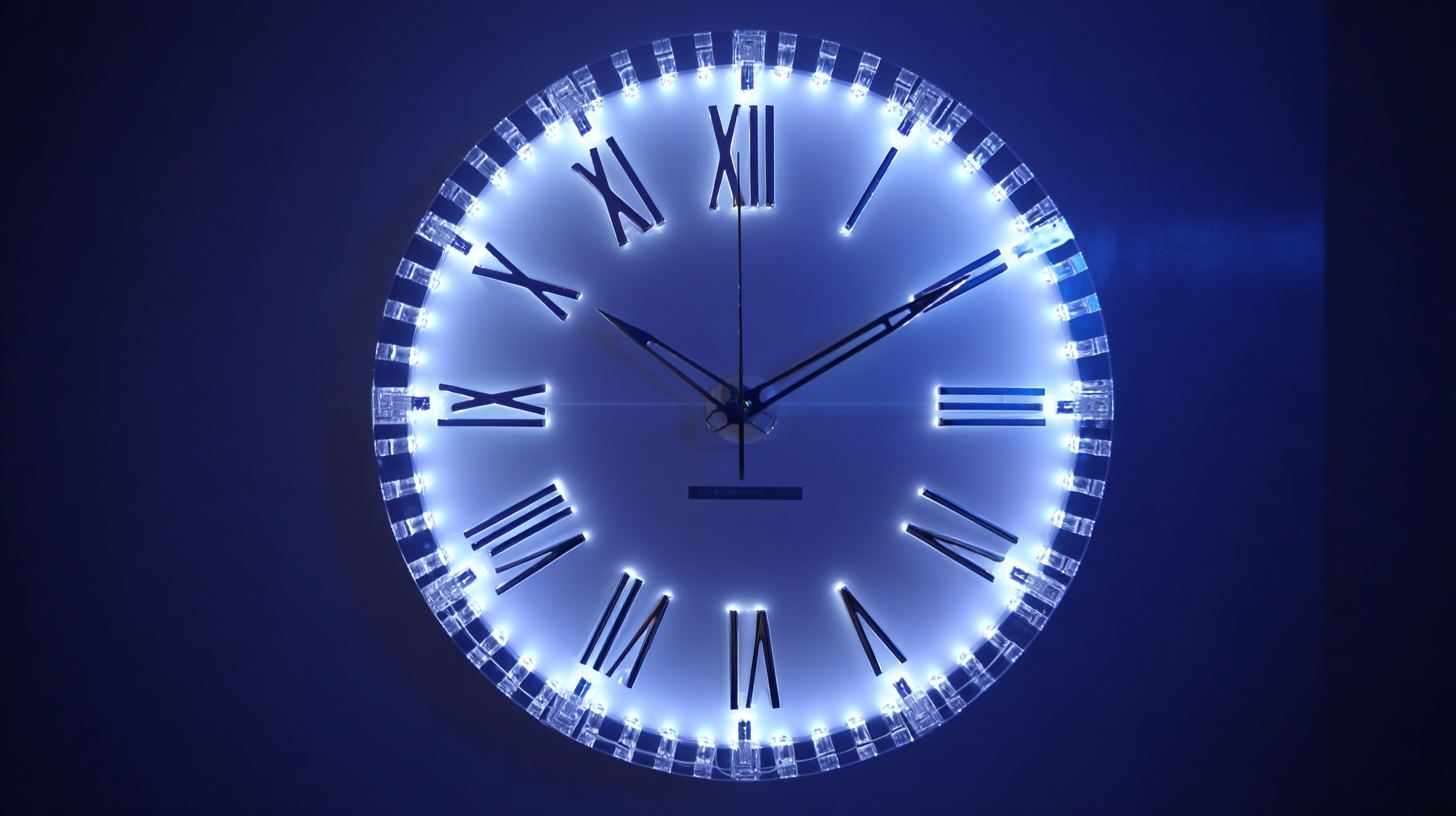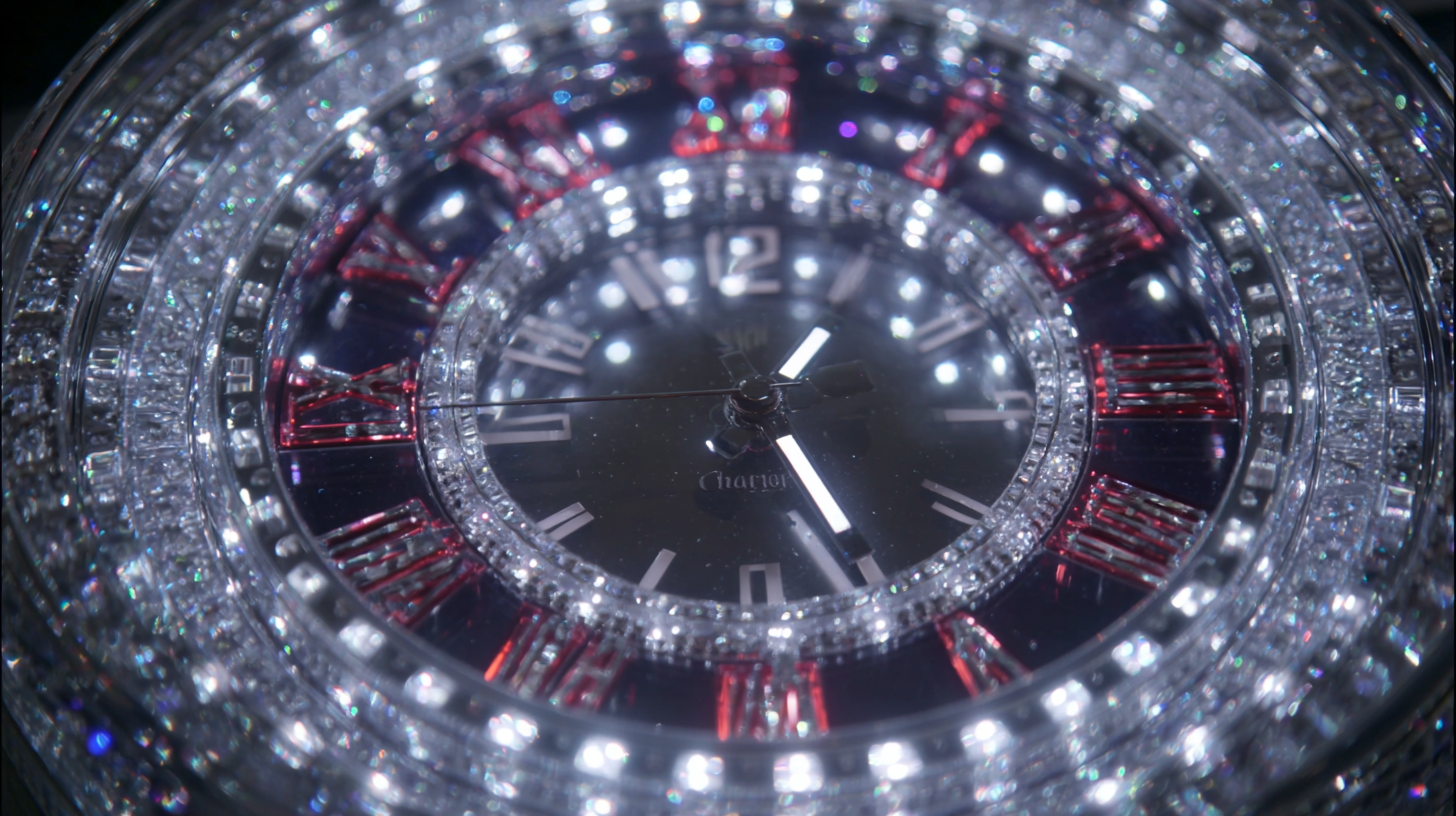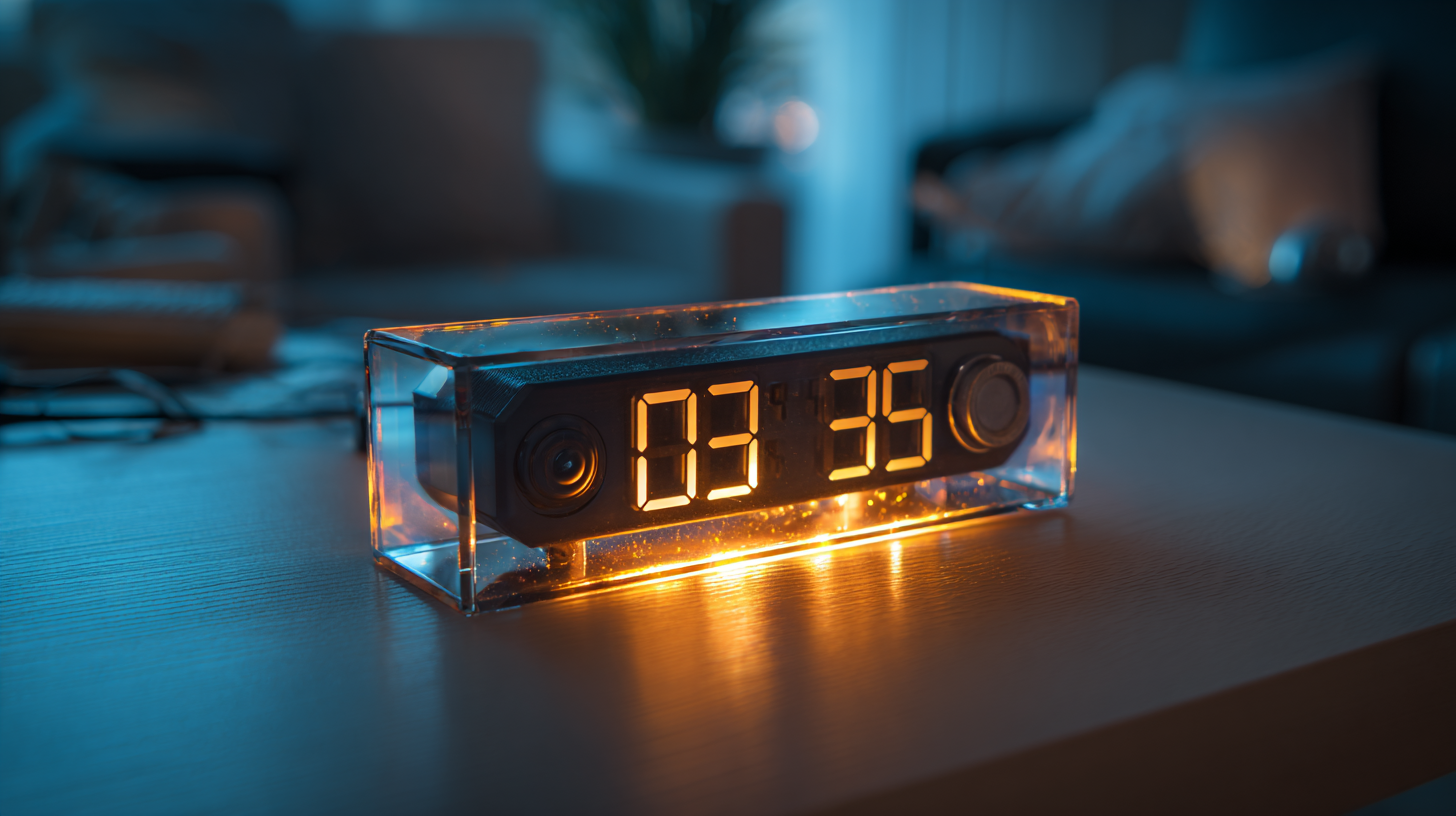In today's fast-paced world, the demand for innovative technology in various industries continues to grow, and the LED clock has emerged as a leading example of this trend. According to a report by Grand View Research, the global market for digital clocks, which encompasses LED clocks, is projected to reach $16.7 billion by 2025, expanding at a compound annual growth rate (CAGR) of 6.4%. This surge is driven by the rapid integration of smart technology in everyday products and the increasing need for efficient time management solutions across sectors such as healthcare, retail, transportation, and more. As global buyers seek out reliable and trendy options, understanding the versatile applications of LED clocks becomes vital. This blog will explore the innovative uses of the best LED clocks across five distinct industries and outline three key benefits that make these timepieces indispensable for buyers worldwide.

In the fast-evolving hospitality industry, LED clocks are becoming essential tools for enhancing guest experience. Their sleek design and efficient functionality allow hotels and resorts to merge aesthetics with practicality. With vivid displays, LED clocks not only provide time but can also feature vital information such as weather updates, event schedules, and even local attractions. This integration of technology deepens the guest's connection with their surroundings, transforming a simple clock into a multifunctional piece of art.
Moreover, the use of LED clocks helps streamline operations behind the scenes. Staff can synchronize tasks more effectively, improving service delivery. For instance, a digital clock in the lobby can show peak check-in and check-out times, helping to manage guest flow and reduce wait times.
Importantly, the energy efficiency of LED technology not only lowers overhead costs for businesses but also enhances their sustainability efforts—a growing concern for today’s environmentally conscious travelers. By incorporating innovative LED clocks, hospitality venues can elevate guest satisfaction while simultaneously benefiting operational efficiency and sustainability.
Retail outlets are increasingly adopting LED clocks to enhance time management and improve customer engagement. According to a report from Grand View Research, the global clock market is expected to reach $9.76 billion by 2025, driven by innovations like LED technology. LED clocks not only display the time but also provide a modern aesthetic that can attract customers’ attention.
The all-new digital features allow retailers to showcase promotions and countdowns to sales events right alongside the time, creating a sense of urgency that can boost sales.
Tips for leveraging LED clocks effectively include syncing them with marketing campaigns and displaying key messages or offers. For instance, a retail store could highlight a limited-time discount while simultaneously displaying the countdown in the form of a digital clock. This strategy not only keeps customers informed but also engages them actively in the shopping experience, fostering a sense of urgency that encourages quicker purchasing decisions.
Another innovative use is integrating LED clocks with mobile apps to send push notifications about time-sensitive deals. As per a report by eMarketer, mobile commerce is projected to account for 72.9% of all e-commerce sales by 2021. Retailers who utilize LED clocks in combination with mobile marketing can enhance customer interaction both in-store and online, maximizing their reach and effectiveness.
In the rapidly evolving transportation sector, LED clocks are transforming the way passengers and staff interact with time. Airports and train stations, often bustling with travelers, rely heavily on efficient timekeeping for operations and passenger communication. According to a report from the International Air Transport Association (IATA), punctuality is a critical metric in air travel, with nearly 75% of passengers citing timely flights as their primary concern. Implementing LED clock technology allows these facilities to improve time visibility and accuracy, thus enhancing the overall traveler experience.

The adoption of LED clocks in transportation hubs not only facilitates a smoother flow of operations but also contributes to energy efficiency. Energy Star reports suggest that LED lighting consumes at least 75% less energy compared to traditional incandescent bulbs and lasts 25 times longer. This means airports and train stations can significantly reduce their carbon footprint while also cutting operational costs. With the need for sustainable solutions becoming increasingly pressing, the integration of LED clocks reinforces a commitment to eco-friendly practices within the transportation industry.
In the fast-paced environment of manufacturing, maintaining efficiency is crucial. LED clocks have emerged as a vital tool in this industry, providing real-time updates that enhance productivity like never before. These clocks not only display the current time but can also integrate with production schedules, offering instant visibility into operational timelines. This immediate access to time-related data helps teams stay on track, facilitating better workflow management and reducing downtime.

Moreover, the visibility of LED clocks in a manufacturing setting can create a sense of urgency among workers. When employees are constantly aware of the ticking clock, they are more likely to adhere to schedules and deadlines. This heightened awareness aids in synchronizing tasks between different teams, ensuring that everyone is aligned and working collaboratively towards shared objectives. Additionally, the use of LED technology allows for customization, enabling facilities to display key performance indicators alongside time, thereby fostering a more informed and responsive workforce.
The healthcare sector is witnessing a significant transformation with the growing adoption of LED clocks in facilities across the globe. These clocks not only enhance the aesthetic of patient rooms but also play a vital role in ensuring accurate timekeeping for patient care. In critical environments where precision is paramount, LED clocks provide real-time updates that can greatly affect diagnosis, treatment timelines, and patient monitoring.
**Tip:** When selecting LED clocks for healthcare settings, consider models that offer clear visibility from various angles. This feature ensures that both medical staff and patients can easily reference time without straining. Additionally, opt for clocks with a battery backup system to maintain functionality during power outages, which is crucial in emergency care situations.
Furthermore, the brightness and readability of LED clocks can significantly impact patient comfort and safety. With adjustable brightness settings, these clocks can minimize glare that may disturb patients while also remaining clear in high-traffic areas.
**Tip:** Ensure that the LED clocks you choose comply with healthcare regulations and guidelines. Some models also come equipped with features such as digital thermometers and humidity indicators, which can further support patient care by providing essential environmental information.
| Industry | Primary Use | Key Benefit | Secondary Benefit | Additional Benefit |
|---|---|---|---|---|
| Healthcare | Patient Time Management | Improved Patient Care | Reduced Wait Times | Enhanced Staff Efficiency |
| Education | Class Schedule Monitoring | Punctuality in Attendance | Structured Learning Environment | Time Awareness |
| Manufacturing | Shift Timing Notifications | Reduced Downtime | Increased Productivity | Streamlined Operations |
| Hospitality | Guest Check-in Times | Enhanced Customer Experience | Operational Efficiency | Staff Coordination |
| Transportation | Arrival and Departure Displays | Passenger Timeliness | Improved Flow of Transportation | Real-time Information Sharing |